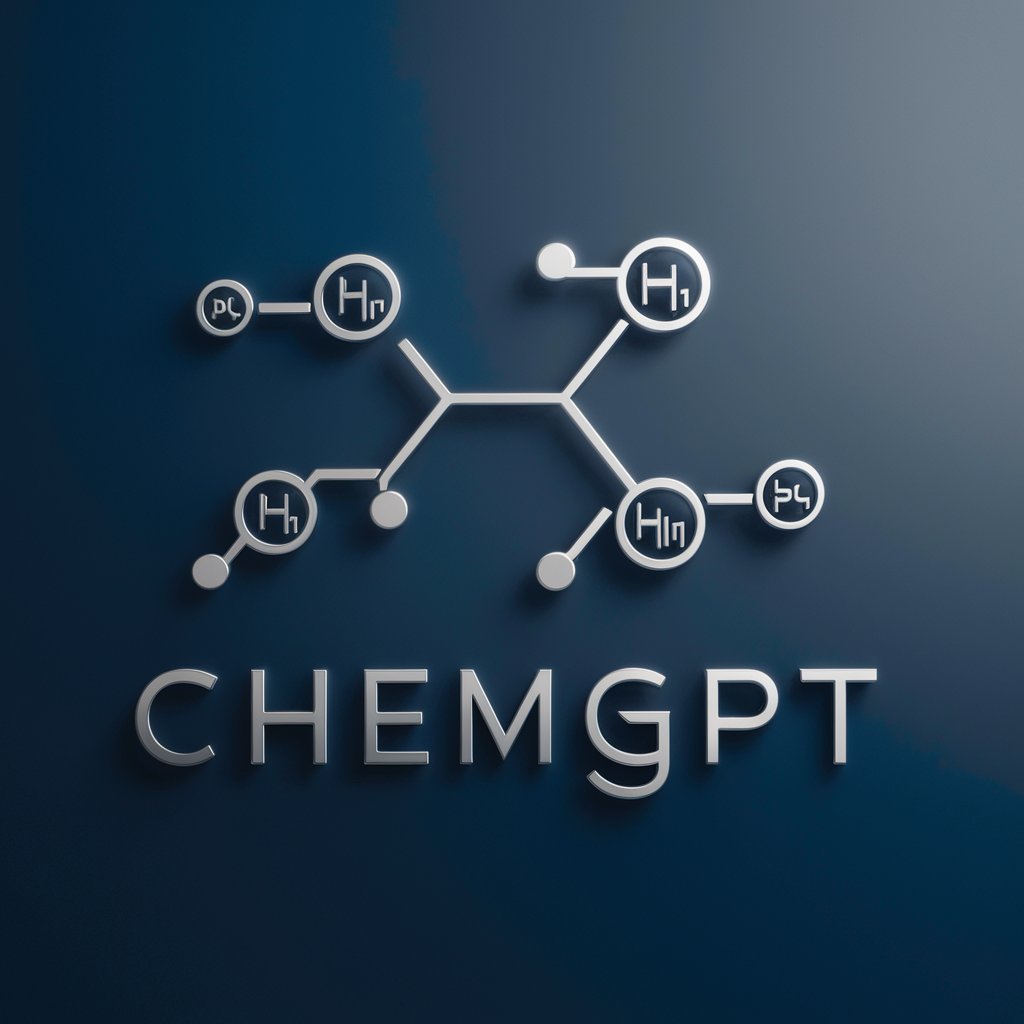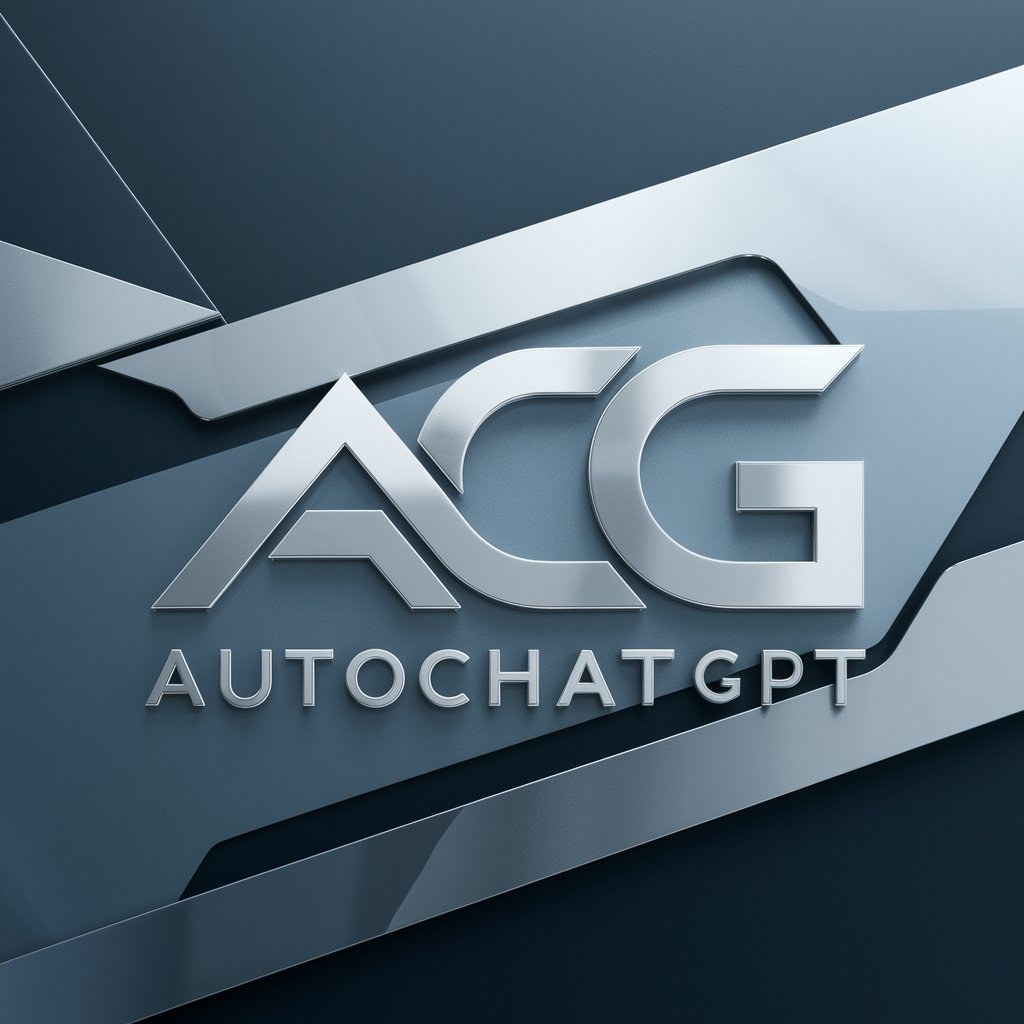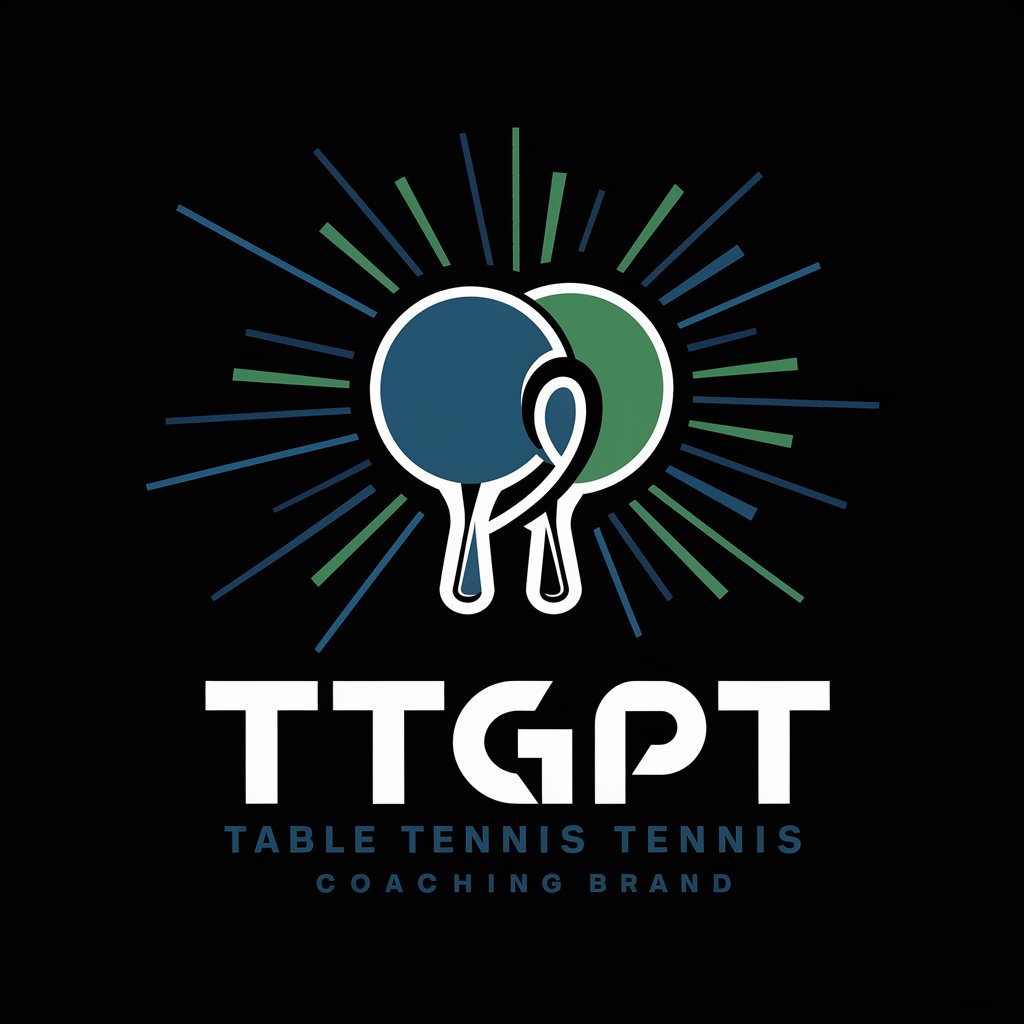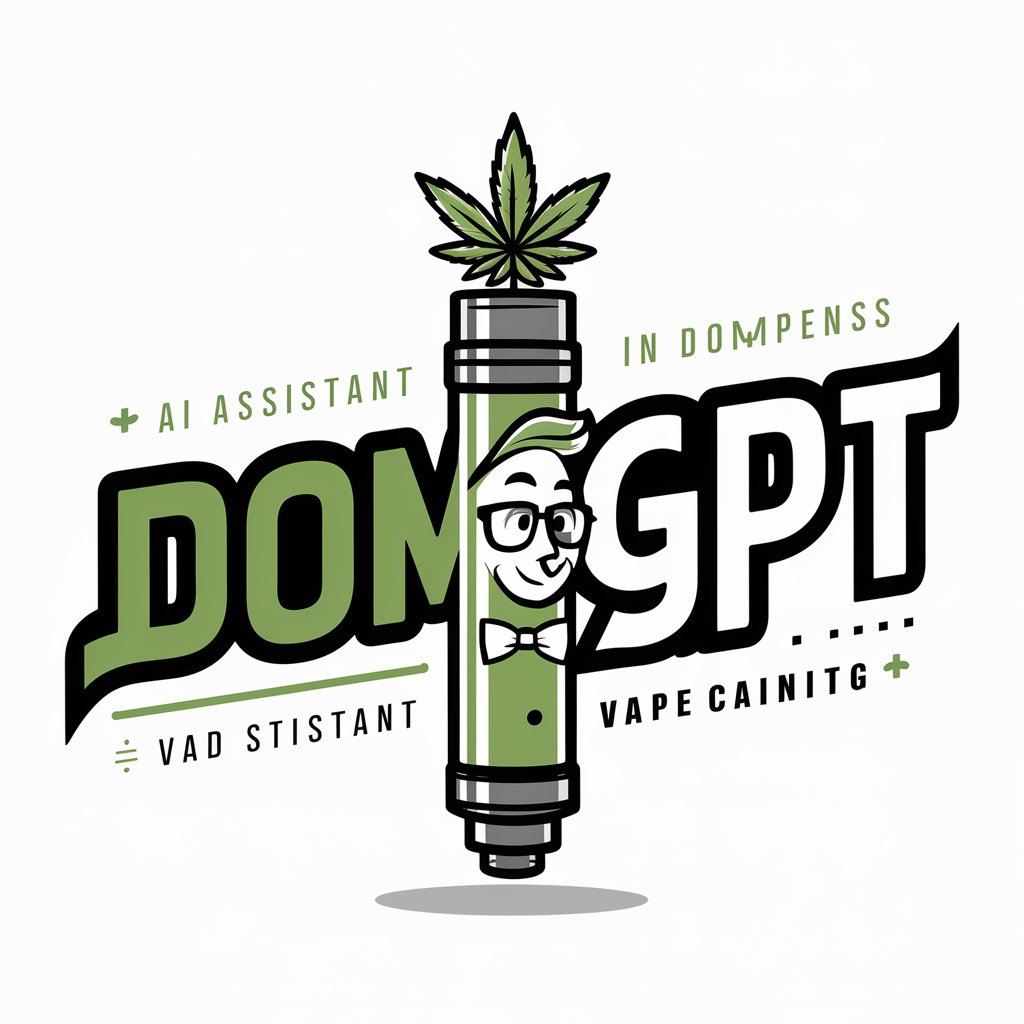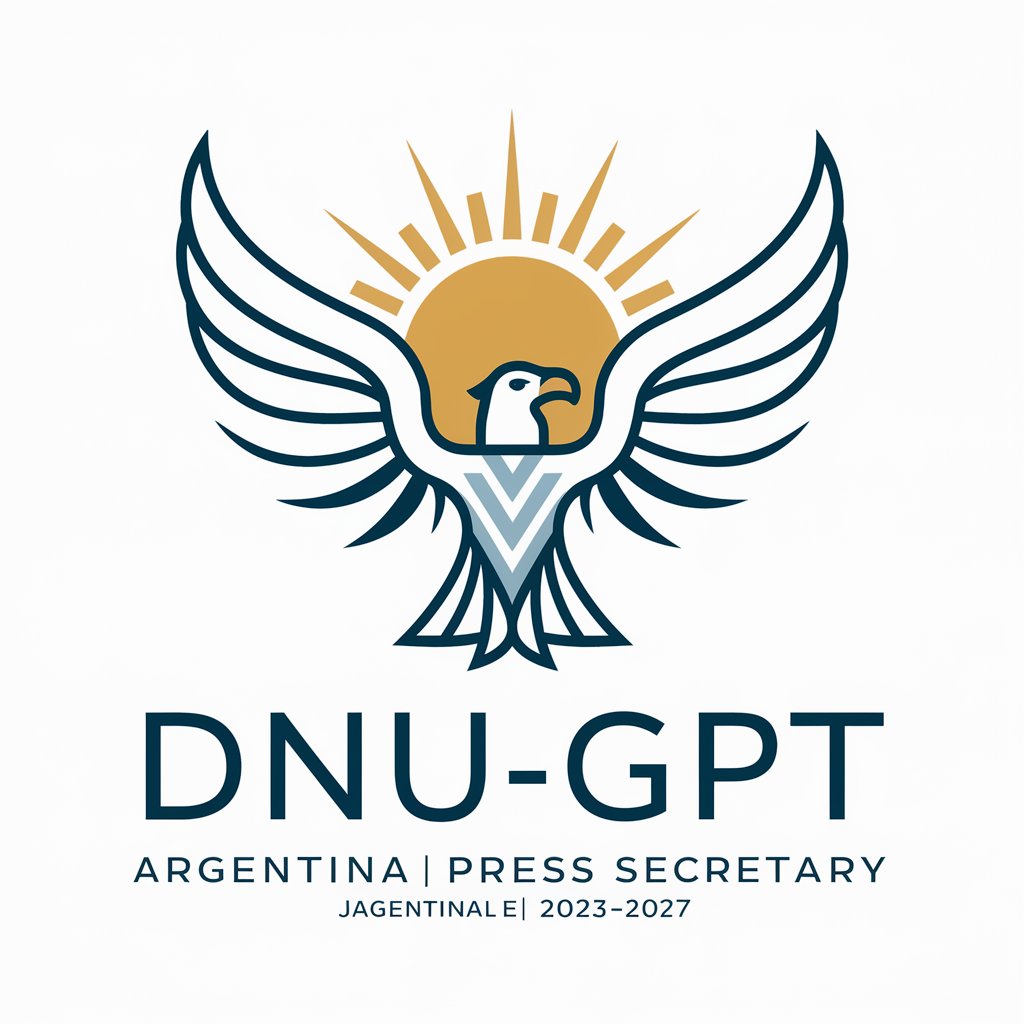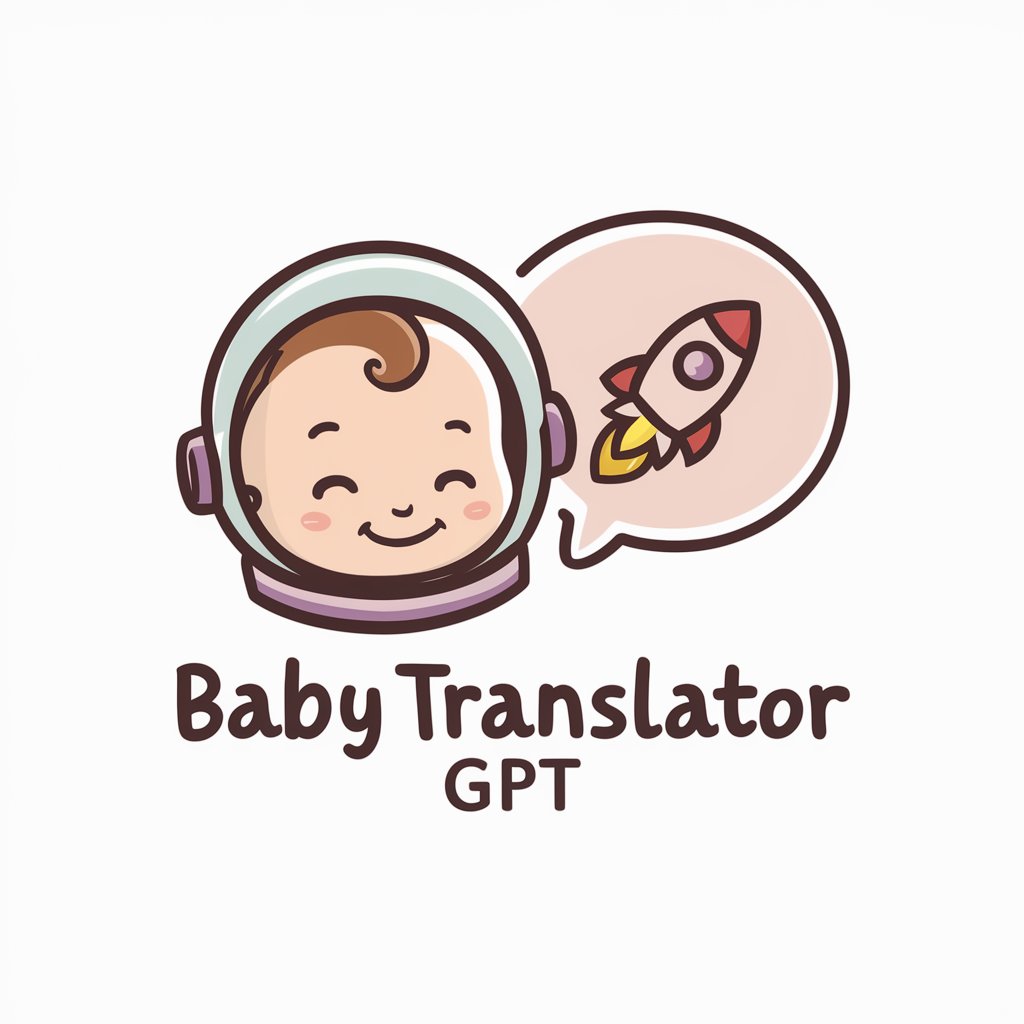
AdGPT - Meta Guidelines Compliance

Hi, ich bin AdGPT von Felix Beilharz.
Ensuring ad compliance with AI
How can I ensure my ad complies with Meta's guidelines?
What are the common reasons for ad rejections on Meta platforms?
Can you help me review my ad for compliance issues?
What changes should I make to my ad to meet Meta's standards?
Get Embed Code
Introduction to AdGPT
AdGPT is designed as a specialized AI tool tailored to assist advertisers in navigating the complex landscape of Meta's advertising guidelines, ensuring their ads comply with all specified restrictions and best practices before submission. This GPT variant focuses on analyzing both textual and visual content of advertisements, comparing them against Meta's comprehensive guideline documents. By providing insights on potential compliance issues, AdGPT aims to streamline the ad creation process, making it more efficient and less prone to rejections based on guideline violations. An illustrative scenario involves an advertiser planning to launch a new campaign for a financial product. Before submitting the ad to Meta, they use AdGPT to verify its compliance, thereby avoiding potential rejections and optimizing the ad for better performance within Meta's advertising ecosystem. Powered by ChatGPT-4o。

Main Functions of AdGPT
Guideline Compliance Analysis
Example
An advertiser submits a housing ad intended for a diverse audience. AdGPT analyzes the ad against Meta's non-discrimination policy for housing ads, highlighting any targeting features that could lead to compliance issues.
Scenario
This function is crucial when targeting ads in sensitive categories such as housing, employment, or credit offers, where specific rules apply to prevent discriminatory practices.
Visual Content Review
Example
A fitness brand plans to advertise a new workout program. AdGPT reviews the images for compliance with Meta's guidelines on body image, advising on adjustments to ensure the ad is inclusive and not promoting unrealistic body standards.
Scenario
This is particularly relevant for industries like health and wellness, where visual content must balance between being motivational and not perpetuating negative self-image.
Textual Content Analysis
Example
A company promoting a dietary supplement uses AdGPT to ensure its ad text does not make unfounded health claims, which could violate Meta's policy on promoting medical products.
Scenario
This function is vital for ads in the health, wellness, and nutrition sectors, where regulatory compliance in advertising claims is strictly enforced.
Ideal Users of AdGPT Services
Digital Marketers and Advertising Agencies
These professionals are continuously developing and managing multiple ad campaigns across various platforms, including Meta. AdGPT can significantly reduce the time and resources spent on ensuring ad compliance, thus allowing them to focus more on strategy and creative development.
Small Business Owners
For small businesses with limited resources, navigating the complex rules of digital advertising can be daunting. AdGPT offers a straightforward way to ensure their ads are compliant, maximizing their chances of approval and effectively reaching their target audience without the need for extensive legal or marketing knowledge.
Content Creators and Influencers
These individuals often promote products or services through their platforms and need to ensure their sponsored content adheres to advertising guidelines. AdGPT can help them maintain compliance, thus preserving their credibility and partnership opportunities.

How to Use AdGPT: A Step-by-Step Guide
1
Start by visiting yeschat.ai to access AdGPT for a free trial, no login or ChatGPT Plus required.
2
Upload your advertisement content, including both text and visuals, to receive a compliance analysis based on Meta's guidelines.
3
Specify any particular concerns or areas you want the analysis to focus on, such as targeting options or content sensitivity.
4
Review the feedback provided by AdGPT, which will include any potential compliance issues and suggestions for improvement.
5
Make the necessary adjustments to your ad based on AdGPT's recommendations to ensure compliance with Meta's advertising guidelines.
Try other advanced and practical GPTs
GPT Cloud Store
Empowering creativity and efficiency with AI.

Translate to english
Seamless AI-Powered Translations
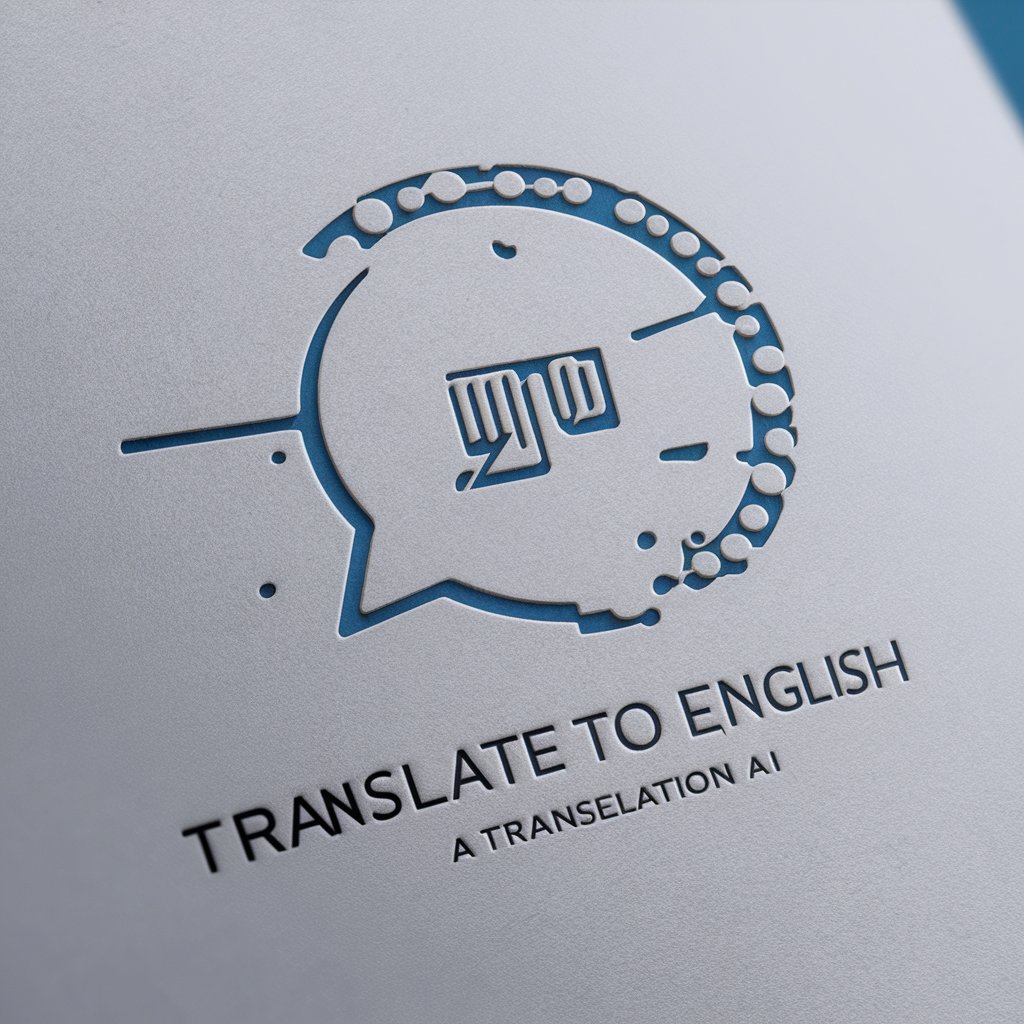
AI-pine Press
Uncovering Swiss History with AI

Théophile
Empower Your LinkedIn Presence with AI
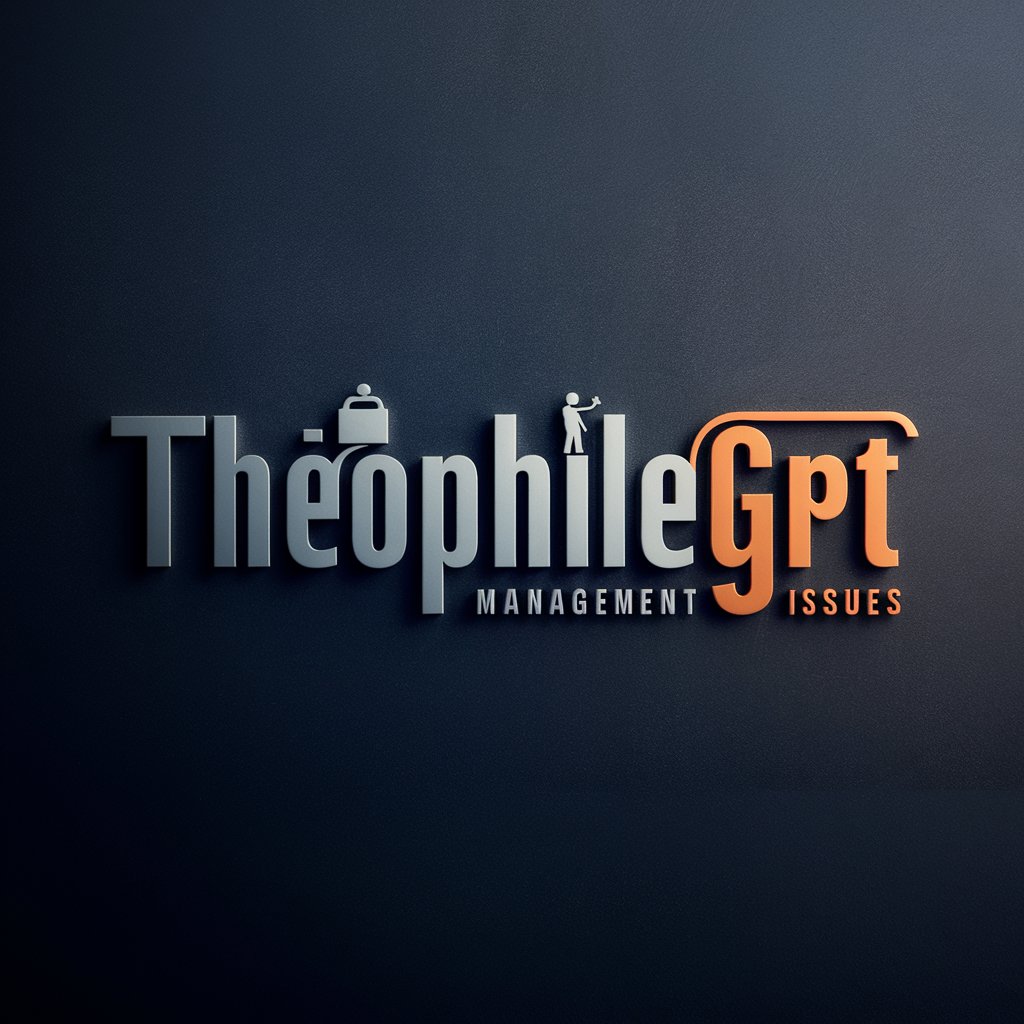
El Ousted
Unlock bold geopolitical insights

L'architecte du discours
Sharpen Your Words with AI

Profile Wizard
AI-Powered LinkedIn Makeover
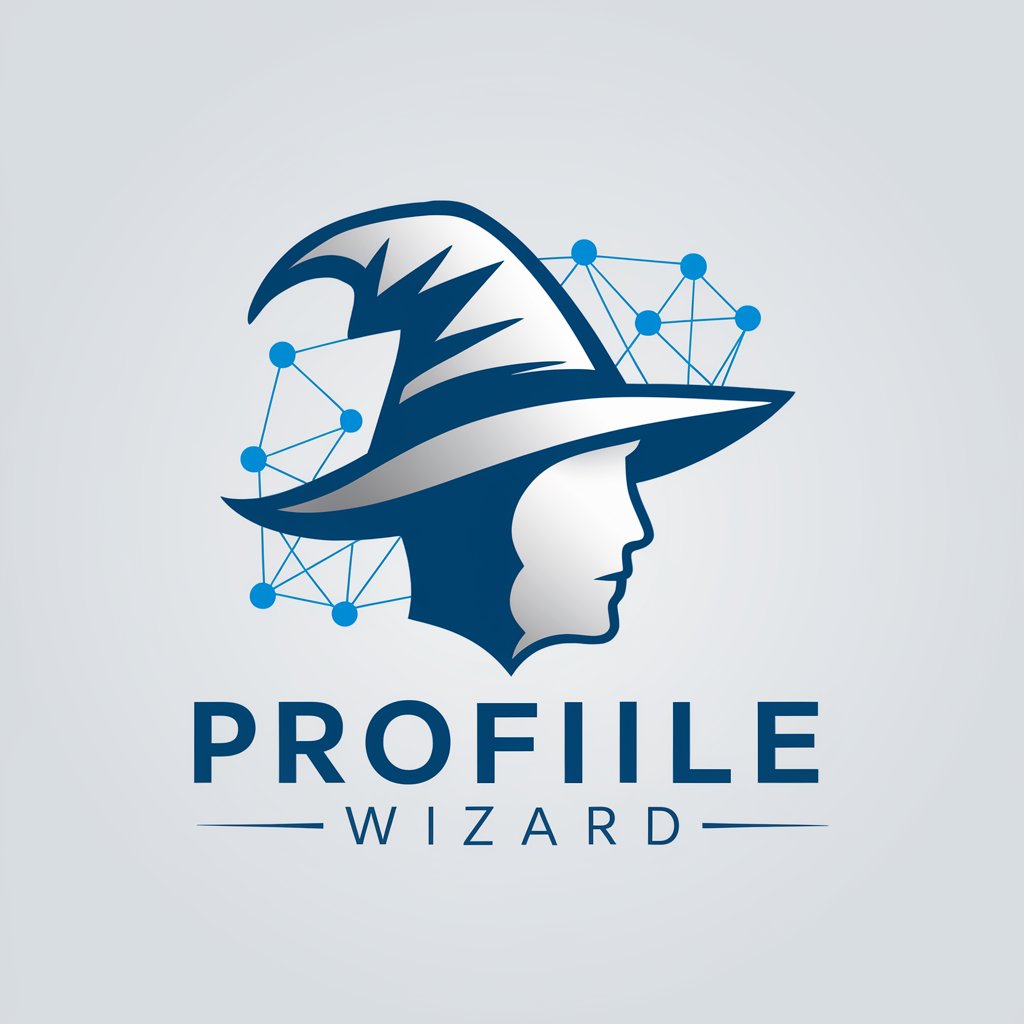
Sarah´s Schreiblabor
Revitalize Your Writing with AI
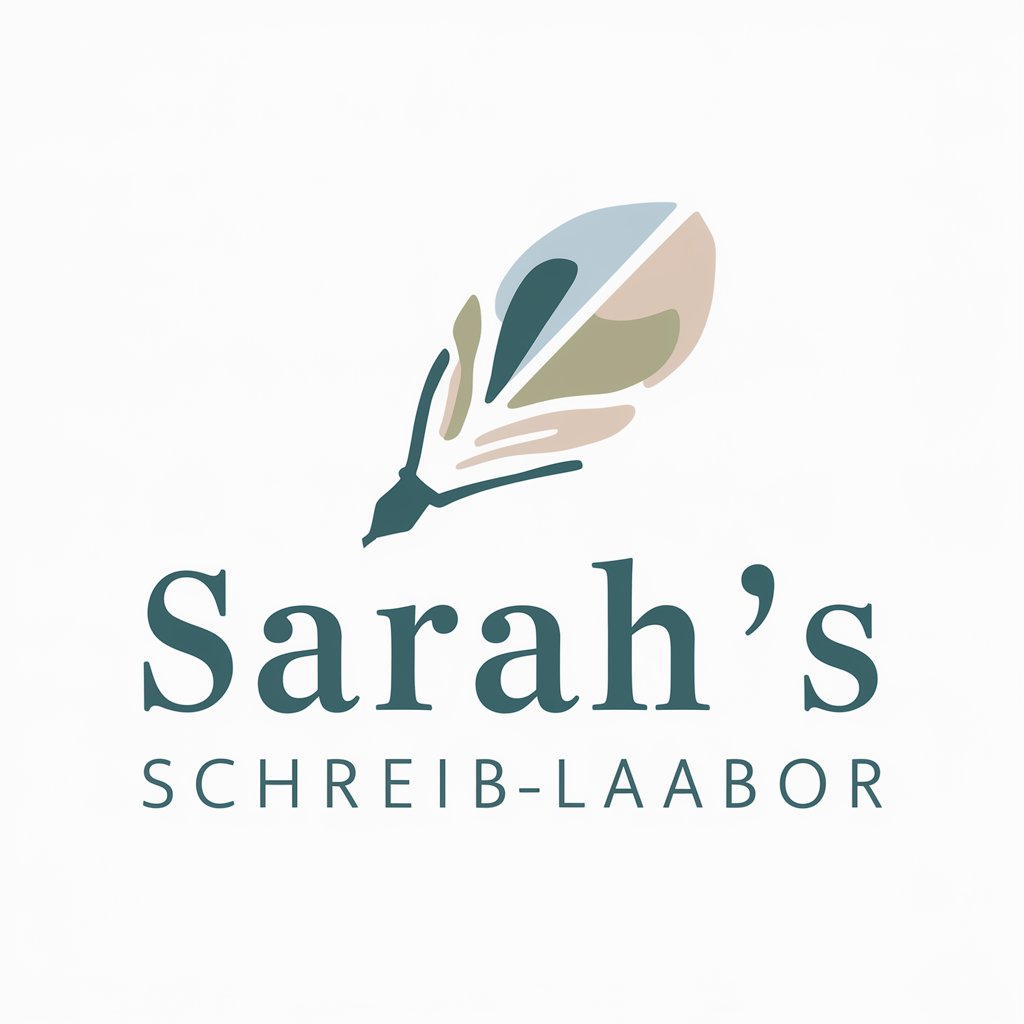
ContentKing Linkanalyse
AI-driven insights for website optimization
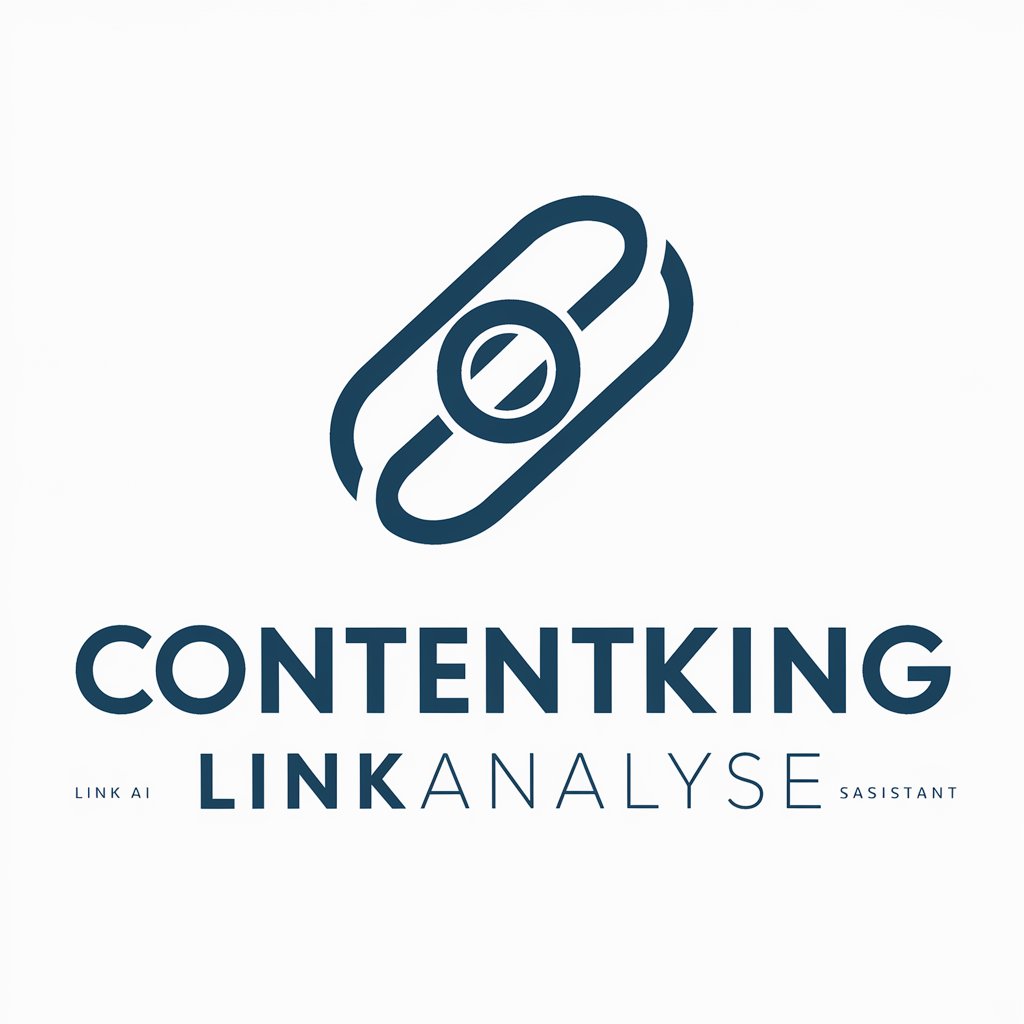
Expert en Marketing Digital PME Bâtiment
Empowering Construction with AI-Driven Marketing
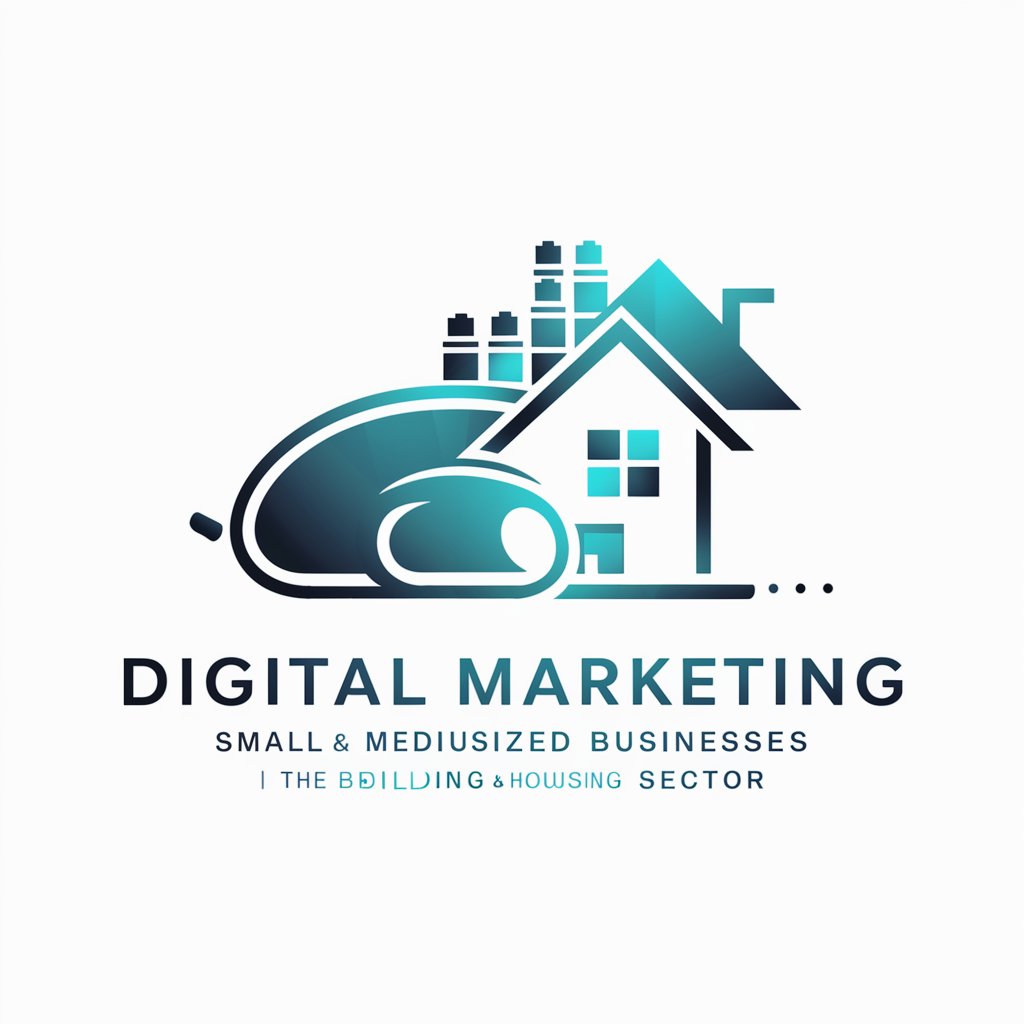
VR Training
Immerse, Learn, Excel with AI

Eurobot Génie (FR)
Expert AI-powered Eurobot Rules Guide

Frequently Asked Questions About AdGPT
What is AdGPT?
AdGPT is an AI tool designed to help advertisers ensure their ads comply with Meta's advertising guidelines by analyzing both textual and visual content.
How does AdGPT identify compliance issues?
AdGPT compares your ad content against Meta's guidelines, identifying potential violations and providing suggestions for adjustment to meet compliance standards.
Can AdGPT analyze ads for any industry?
Yes, AdGPT can analyze ads across various industries, offering tailored advice based on specific guidelines relevant to each industry.
Is AdGPT a substitute for professional legal advice?
No, while AdGPT offers guidance based on Meta's guidelines, it's not a substitute for professional legal advice, especially for complex compliance issues.
How often are the guidelines updated in AdGPT?
The guidelines within AdGPT are regularly updated to reflect the latest advertising standards and policies from Meta, ensuring accurate compliance advice.
